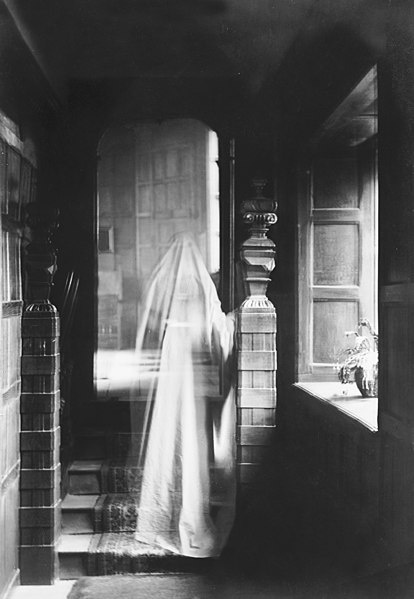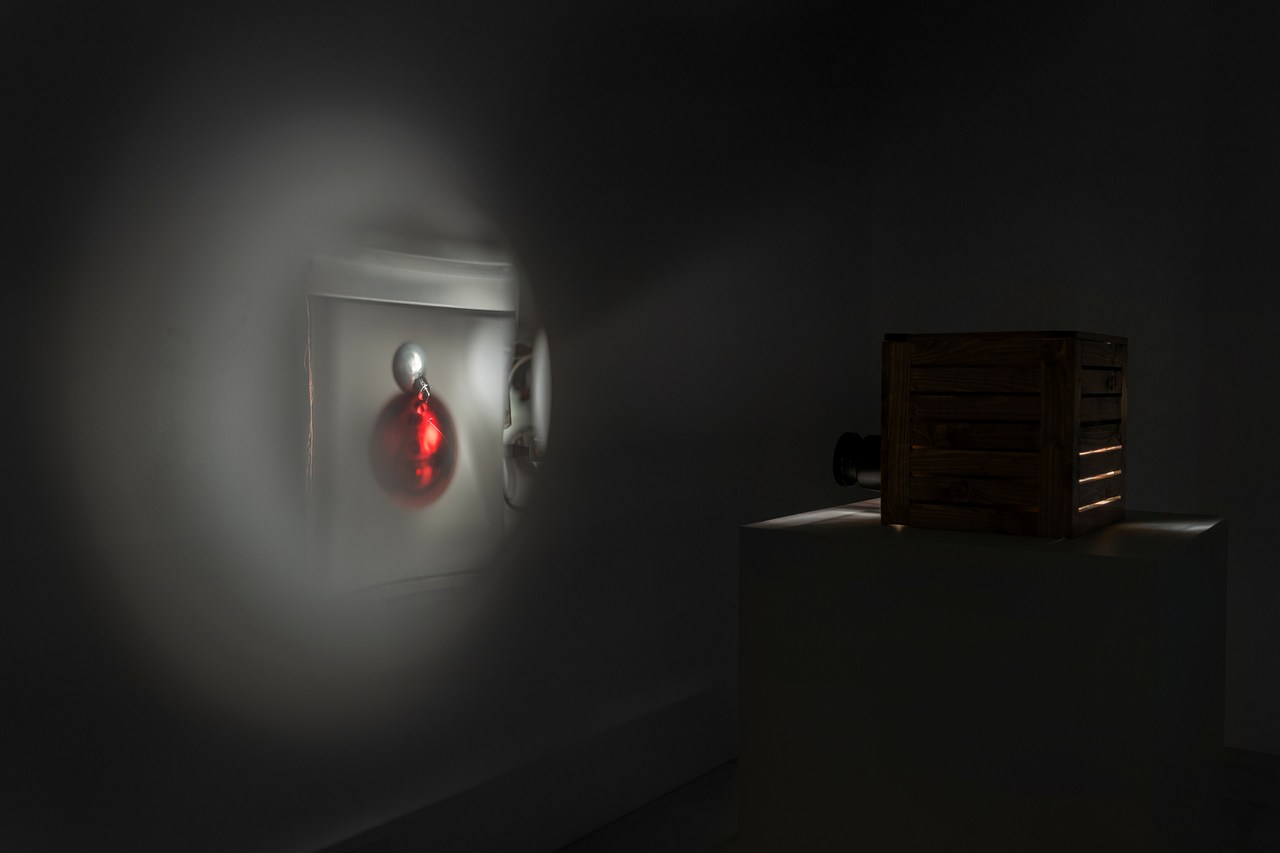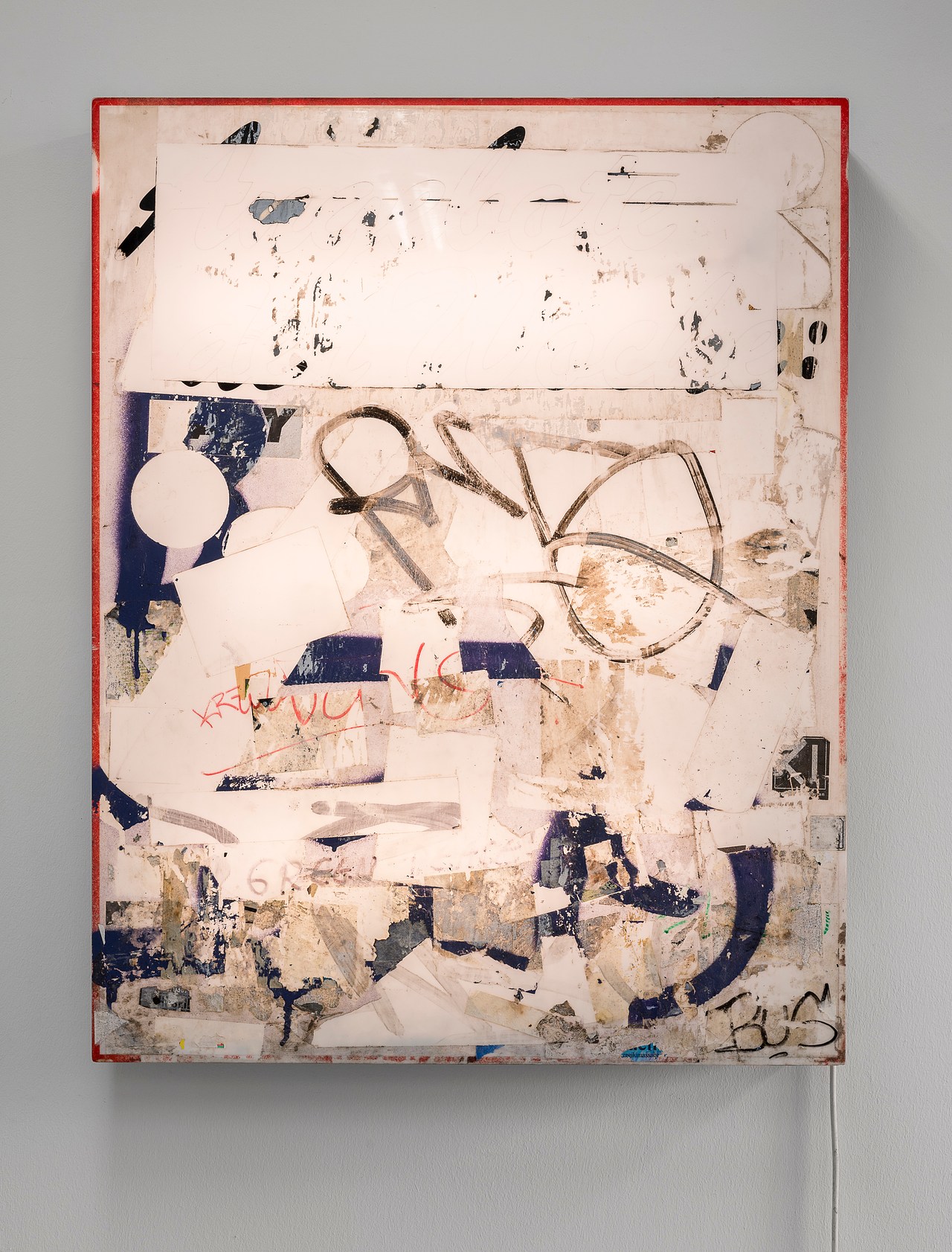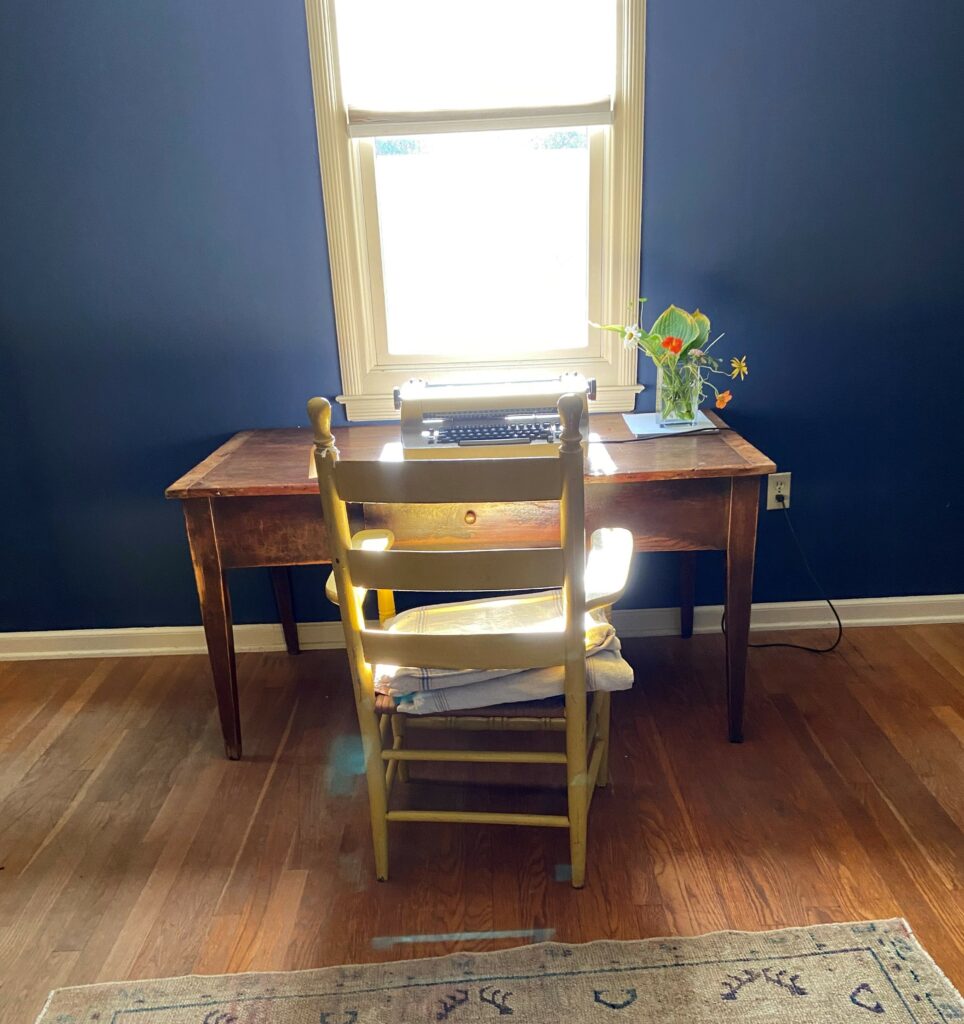Image of a ghost, produced by double exposure, 1899. Courtesy of the National Archives and Wikimedia Commons.
There’s a theory I like that suggests why the nineteenth century is so rich in ghost stories and hauntings. Carbon monoxide poisoning from gas lamps.
Street lighting and indoor lighting burned coal gas, which is sooty and noxious. It gives off methane and carbon monoxide. Outdoors, the flickering flames of the gas lamps pumped carbon monoxide into the air—air that was often trapped low down in the narrow streets and cramped courtyards of industrial cities and towns. Indoors, windows closed against the chilly weather prevented fresh oxygen from reaching those sitting up late by lamplight.
Low-level carbon monoxide poisoning produces symptoms of choking, dizziness, paranoia, including feelings of dread, and hallucinations. Where better to hallucinate than in the already dark and shadowy streets of Victorian London? Or in the muffled and stifling interiors of New England?
Ghosts abounded—but were they real?
Copyright
© The Paris Review









